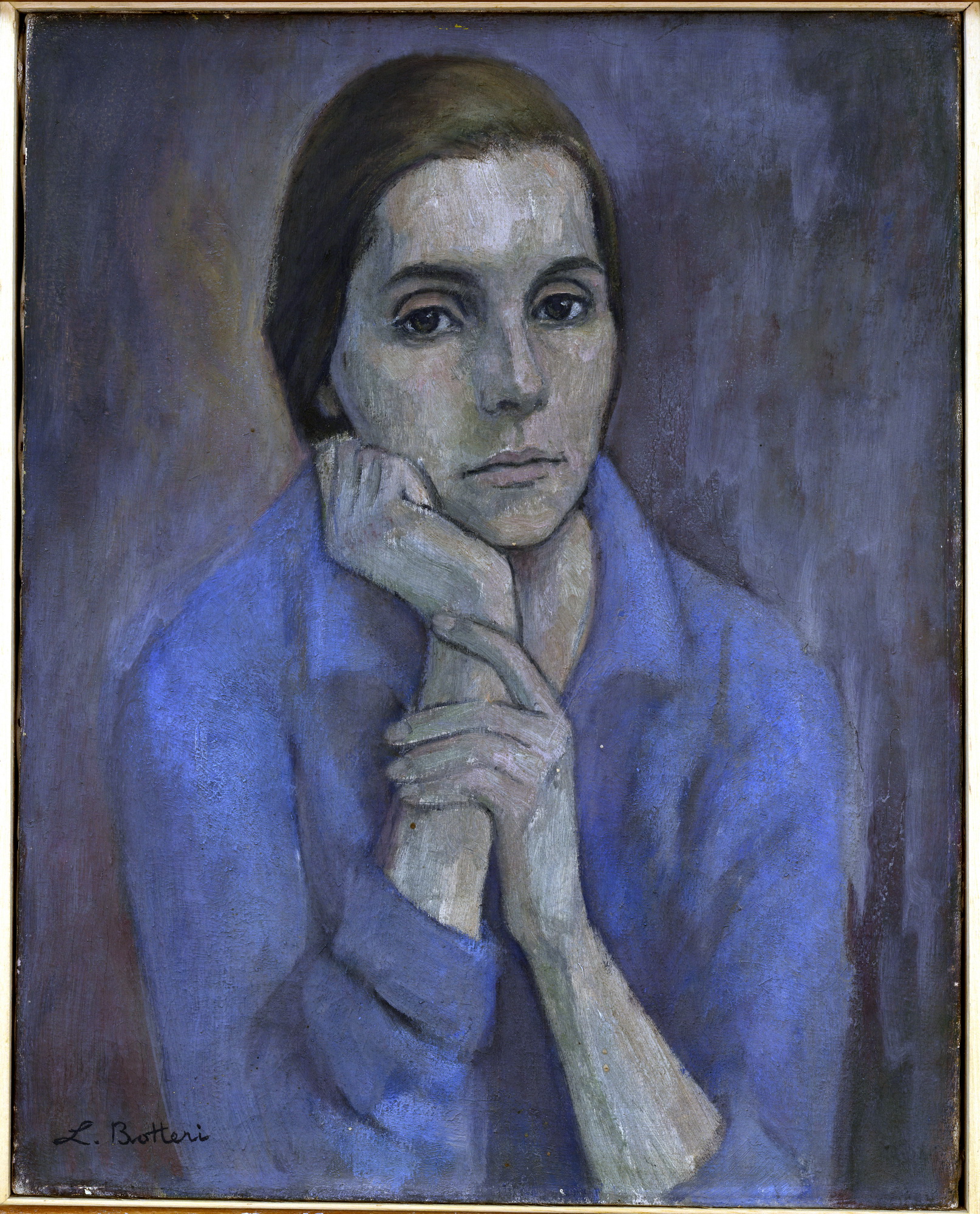TRÊS CENAS: IMAGINÁRIOS MAOÍSTAS NA ARTE LATINO-AMERICANA
DOI:
https://doi.org/10.33871/sensorium.2024.11.9544Abstract
Neste artigo a autora “investiga o impacto da revolução chinesa na arte latino-americana através de diferentes contextos artísticos ocorridos entre os anos de 1950 e 1980”. Especificamente, analisa “a viagem que pintor argentino Juan Carlos Castagnino fez à China em 1953; a elaboração das ideias estéticas de Mao Tsé-Tung na produção do escritor argentino Ricardo Piglia”. Também situa “a transformação da obra pictórica da argentina Diana Dowek e da colombiana Clemencia Lucena como resultado da militância maoísta a partir do final da década de 1960”. E, finalmente, posiciona "Carpeta Negra", produzida pelo grupo peruano Taller NN em 1988, como “uma inquietante apropriação de Mao, em chave pop, em pleno conflito armado entre a guerrilha maoísta Sendero Luminoso e o Estado peruano”. A partir destas perspectivas, o artigo aborda “a presença do imaginário maoísta nos atritos entre arte e política durante momentos históricos convulsivos na Argentina, Colômbia e Peru”.
Downloads
Downloads
Published
Issue
Section
License
Copyright (c) 2024 International Interdisciplinary Journal of Visual Arts - Art&Sensorium

This work is licensed under a Creative Commons Attribution 3.0 Unported License.
Authors who publish with this journal agree to the following terms:- Authors retain copyright and grant the journal right of first publication with the work simultaneously licensed under a Creative Commons Attribution License that allows others to share the work with an acknowledgement of the work's authorship and initial publication in this journal.
- Authors are able to enter into separate, additional contractual arrangements for the non-exclusive distribution of the journal's published version of the work (e.g., post it to an institutional repository or publish it in a book), with an acknowledgement of its initial publication in this journal.
- Authors are permitted and encouraged to post their work online (e.g., in institutional repositories or on their website) prior to and during the submission process, as it can lead to productive exchanges, as well as earlier and greater citation of published work (See The Effect of Open Access).


